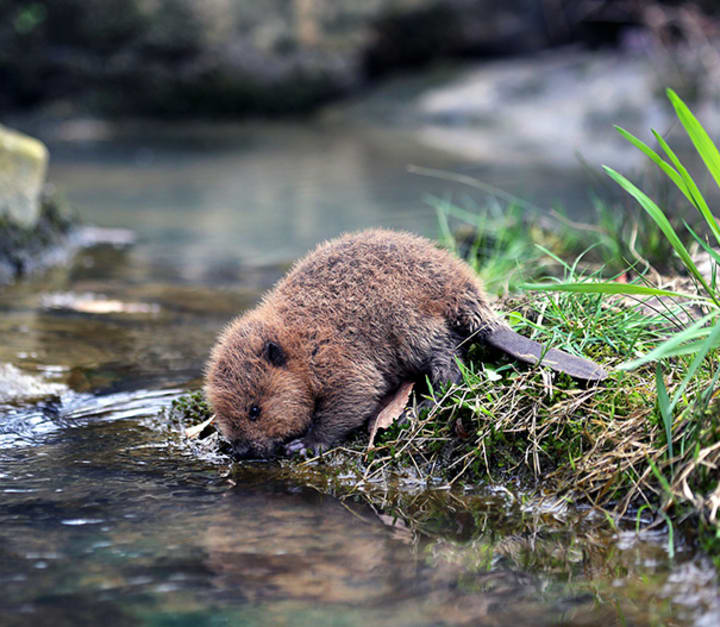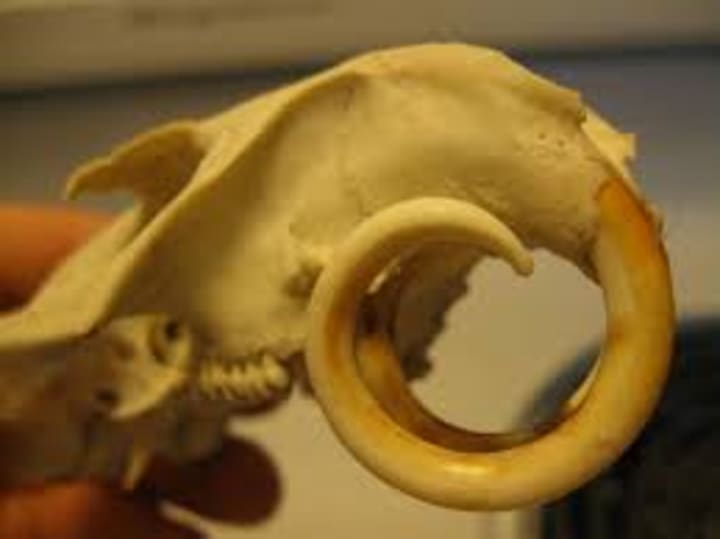
I was born in a country where beavers are not a native animal and aren’t given a lot of airtime at school, at home, or in the media. If I remember correctly, my first introduction to anything remotely similar to beavers was through watching The Princess Bride as a child. While making their way through the Fire Swamp, Westley and Princess Buttercup encounter a terrifying R.O.U.S (Rodent of Unusual Size), engage in combat with said R.O.U.S, and eventually defeat him by rolling him onto nearby flames. At the time, this sinister looking creature was described to me as a fictitious mix of a large rat and a beaver, and thus, my (erroneous) perception of the beaver was formed.
Brief pause for reflection on the magnificence that is The Princess Bride.

Fast forward a few years and, through random snippets on the news, cartoons, or general chatter, there were a few basic facts about beavers that became regarded as common knowledge in my neck of the woods:
1. They are not, in fact, anything like an R.O.U.S
2. They create dams and lodges
3. They are able to rapidly fell large trees
4. They have incredibly pronounced buck teeth
5. They have a broad, flat tail
And this was the extent of my knowledge on the topic until a few short months ago, when, during a procrastination spiral on the internet, I came across random animal facts. What follows is by no means an exhaustive list, nor would I say that these are the most impressive animal features I’ve ever come across in the course of my life; the living world around us is full of many truly incredible things. But I think there is something to be said of the steady resilience of a creature that was once hunted to extinction in several places and yet reigns supreme as one of the most intriguing engineers of the natural world.

Below you will find some lesser-known, but no less fascinating facts about this under-appreciated semi-aquatic rodent of the North.
1. Their teeth never stop growing. Unlike human adult (permanent) teeth, which are fully formed in-utero (about 4 months into pregnancy) but of course do not erupt until several years later, the front teeth of the beaver continue to grow over the course of their lifetime, and they keep them trim by gnawing on trees on a daily basis.
Below: overgrown teeth of a beaver.

2. Their teeth are made of iron. The front of their teeth contains an iron-rich enamel which causes the appearance of a dark orange/brown colour on the exterior surface of their teeth, and is the very thing that gives their teeth such incomparable strength.

3. The structure of their teeth is like a built-in knife sharpener. The back of each tooth is comprised of softer dentin (not iron), so the back wears down far quicker than the front. The act of gnawing through hard surfaces enables their teeth to self-sharpen, which results in a chiseled slope or edge and gives them a much more efficient and effective tool.

4. They have a set of clear eyelids that function like goggles. Also called a nictitating membrane, beavers have this incredible built-in feature where a thin membrane sweeps horizontally across the eye and functions as a translucent eyelid to protect their eyes, maintain moisture, and importantly, enables them to see while underwater.
5. Their lips close behind their front teeth. While at first this might seem like an arbitrary feature, it’s a crucial factor which directly relates to their ability to gnaw or transport objects underwater. Beavers are able to stay underwater for up to 15 minutes at a time, and by closing their lips behind their front teeth, they are able to create a waterproof seal which enables them to continue gnawing or moving sticks and branches while keeping water and splinters out of their mouths.

It takes very little effort to conceive of humans as the most fascinating creatures to walk the earth, particularly since we happen to be the dominant species at this point in time. But in a world of readily available information no further away than our fingertips, it takes just as little effort to investigate life around us, the results of which are usually nothing short of awe-inspiring.
And, I think, therein lies the beauty of knowledge: arming ourselves with information, both common and obscure, has the ability to challenge pre-conceived notions, to broaden the mind, and to foster an appreciation of life external to our own existence.





Comments
There are no comments for this story
Be the first to respond and start the conversation.